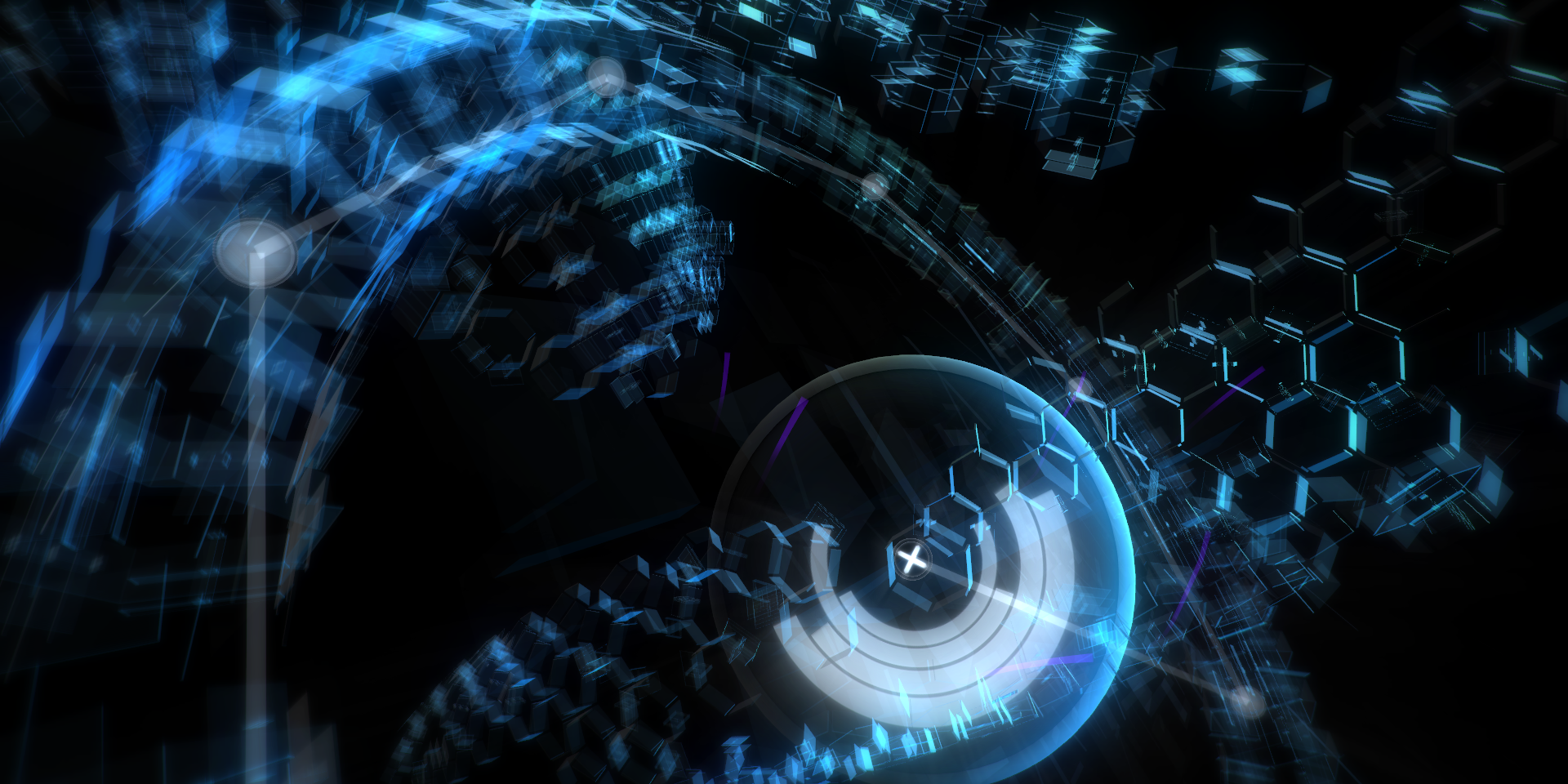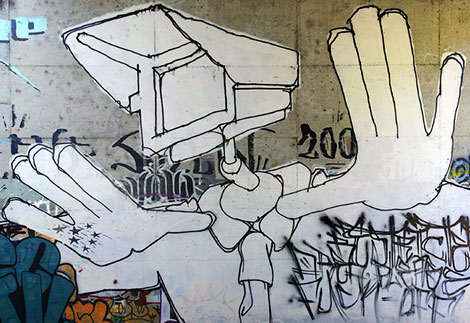
This article was originally published by War on the Rocks on 6 September 2018.
Recently, one of us spent a week in China discussing the future of war with a group of American and Chinese academics. Everyone speculated about the role of artificial intelligence (AI), but, surprisingly, many Chinese participants equated AI almost exclusively with armies of killer robots.
Popular imagination and much of current AI scholarship tend to focus, understandably, on the more glamorous aspects of AI — the stuff of science fiction and the Terminator movies. While lethal and autonomous weapons have been a hot topic in recent years, this is only one aspect of war that will change as artificial intelligence becomes more sophisticated. As Michael Horowitz wrote in the Texas National Security Review, AI itself will not manifest just as a weapon; rather, it is an enabler that can support a broad spectrum of technologies. We agree: AI’s most substantial impacts are likely to fly under the radar in discussions about its potential. Therefore, a more holistic conversation should acknowledge AI’s potential effects in cyber space, not by facilitating cyber attacks, but rather by improving cyber security at scale through increased asset awareness and minimized source code vulnerabilities.


